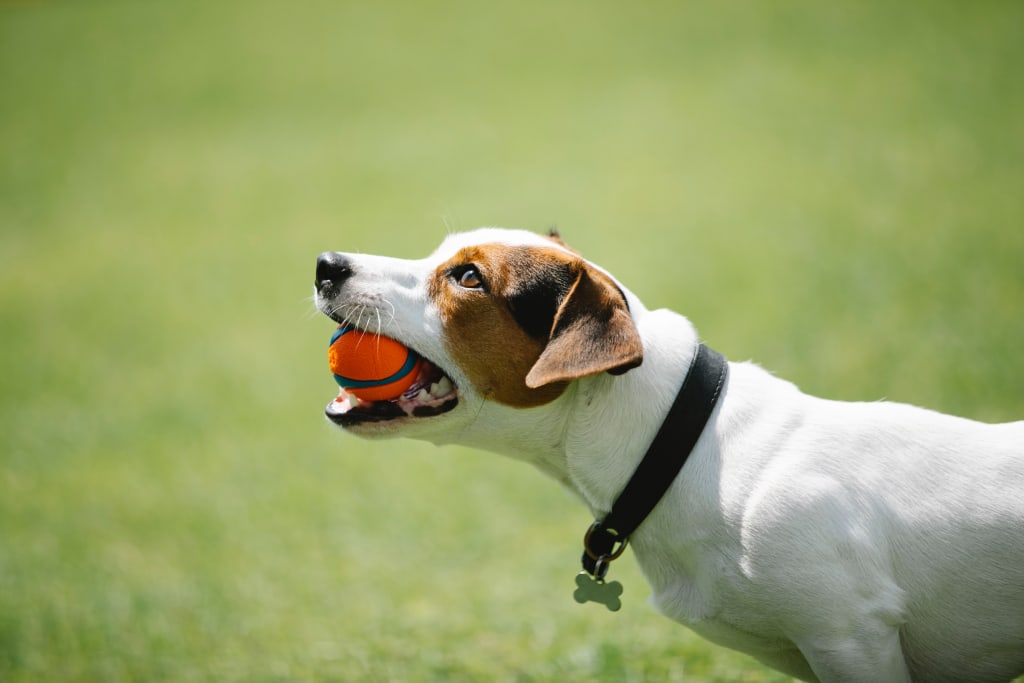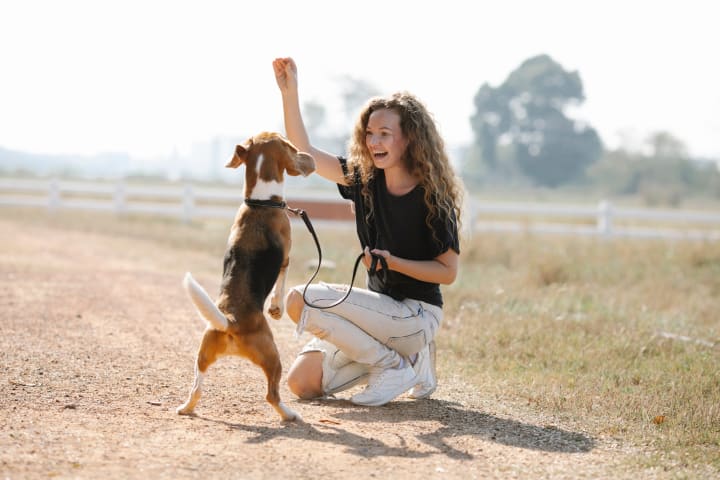Puppy Training: Tips to Get You Started
How to Train your Puppy

The training process for puppies can seem overwhelming, especially if you’ve never trained a dog before. There’s so much to teach your puppy, from learning how to walk on a leash and go potty outside to curbing destructive chewing and barking behaviours. With these simple puppy training tips, you can get started on the right paw!
- Choose the Right Time to Start Training
The key is to start as soon as you bring your new puppy home. There are a few things that need to happen before you can successfully and safely begin training.
Spend time with your puppy, introducing him or her to the house, getting him or her used to the environment and letting them explore on their own terms. 2) Start crate training for those times when you can't be home with your pup.

- Set Up a Puppy-Proofed Space
Create a puppy-proofed space for your new pet. This is an area that's free of hazards, such as electrical cords, slippery surfaces, and toxic substances. Puppies are curious by nature and may be tempted to put anything they find into their mouths. It's important for them to have their own space where they can explore safely.
- Schedule Regular Potty Breaks
Potty breaks should be scheduled every four hours, especially when your puppy is very young. This will help them get into the habit of eliminating in a timely manner. It's a good idea to take your pup outside before they eat or drink anything, after they wake up from a nap, and at least 30 minutes before bed.
- Establish a Feeding Schedule
It is important that you establish a feeding schedule for your puppy. Puppies can overeat and become overweight or even obese, which can lead to health problems later in life. It is best to feed your pup three small meals per day with a healthy portion of food at each meal. Keep in mind, too, that puppies need more calories than adult dogs do so don't cut back on how much food you are giving them.
- Start with the Basics: Sit, Stay, Come
Start by teaching your pup the basics: Sit, Stay, and Come. These commands can be lifesavers when you need your pup's attention in public. It also helps create a bond with your pet.
Start by holding a treat in front of your pup's nose and move it back and forth so he follows it with his head. When he sits, click or say yes and give him the treat as a reward for his efforts.
- Be Consistent with Your Commands
It is essential that you be consistent with your commands. One of the most frustrating things for a dog is when they are not sure what you want them to do. For example, if you want the dog to sit, and you say sit then pet him when he does it, but then say stay and push him down when he sits. The dog will get mixed messages and may not know how to react.
- Reward Good Behaviour
When you catch your pup doing something right, make sure you give him lots of praise and a treat. This will reinforce his positive behaviour and help him learn what you want him to do! When he does something wrong, don't scold or punish him. Simply make the command he didn't follow, like sit or stay so that he knows what is expected from him next time.
- Avoid Punishing Your Puppy
As tempting as it may be, don't punish your puppy for mistakes he makes. Punishment can lead to anxiety and fear of people or other animals. It also teaches the dog that punishment is how you control a situation. Instead, focus on rewarding your pup when he does something right. When a puppy learns that good things happen when he behaves, training becomes much easier!
- End on a Positive Note
It may seem like an overwhelming task at first, but with time and patience, you'll be able to train your new puppy. It's important that both you and your pup have a good time during training so it will be easier for both of you.
- Seek Professional Help If Needed
If you're not sure how to start, it's always a good idea to seek help from a professional trainer or behaviourist. They'll have the experience and knowledge needed to get you started in the right direction. Plus, they can answer any questions that come up along the way.
- Summary
Training a puppy can seem overwhelming. There's so much for a new puppy to learn. Not to worry! These tips can help you navigate puppy training so your new pet will become a happy and healthy member of your family.
About the Creator
Enjoyed the story? Support the Creator.
Subscribe for free to receive all their stories in your feed. You could also pledge your support or give them a one-off tip, letting them know you appreciate their work.






Comments
There are no comments for this story
Be the first to respond and start the conversation.